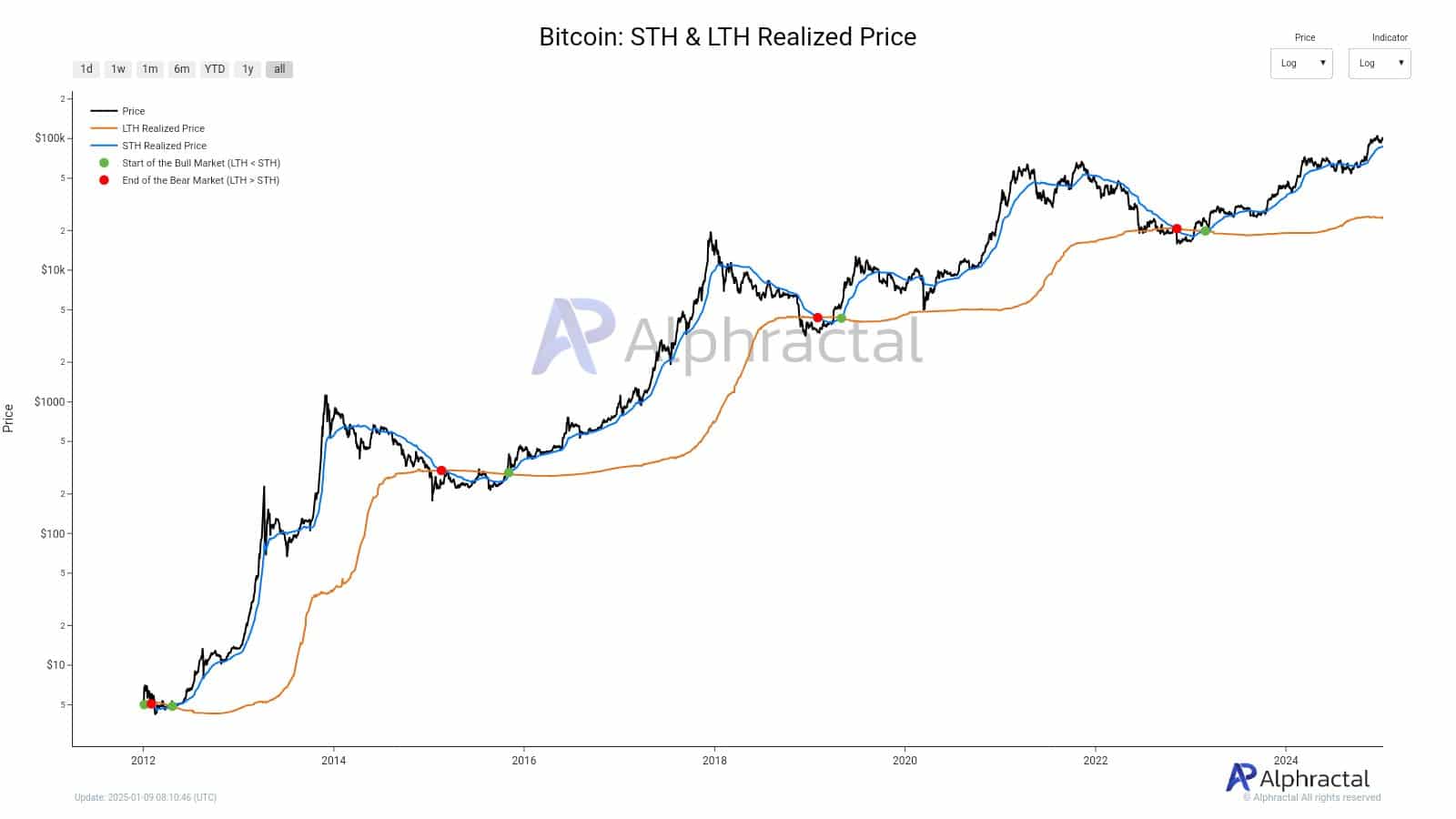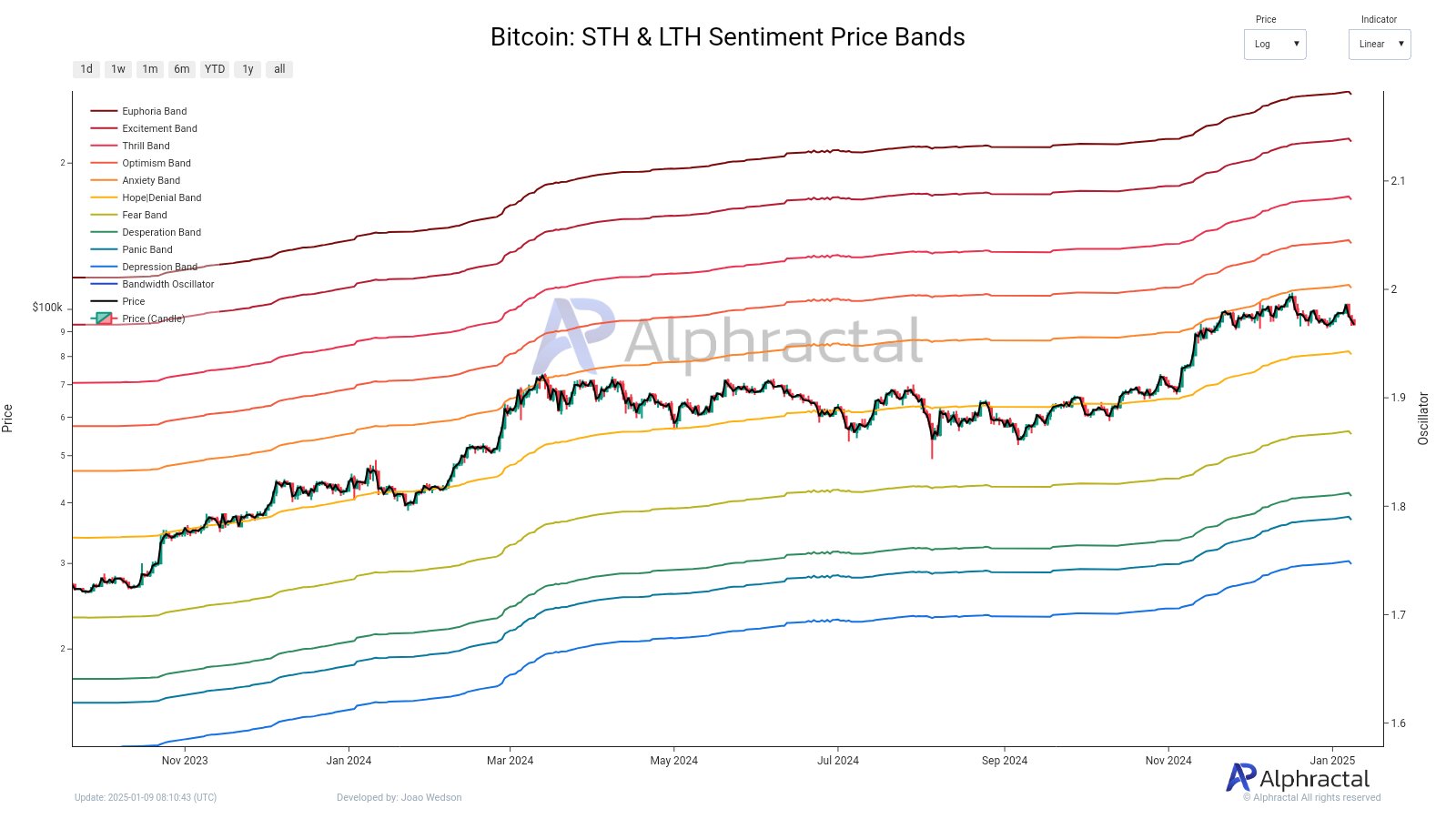-
Bitcoin’s recent capital outflows raise questions regarding the future trajectory of the cryptocurrency market.
-
Understanding the implications of these outflows is essential as they can act as indicators for imminent price shifts.
-
“Historically, such outflows have served as precursors to significant market shifts,” stated a COINOTAG analyst.
Capital outflows from Bitcoin impact market sentiment and future price possibilities as investors recalibrate their strategies.
Bitcoin Capital Outflows: A Sign of Change
Capital outflows in Bitcoin indicate a significant redistribution of funds, reflecting evolving market sentiment. When investors withdraw assets from Bitcoin, it may suggest profit-taking, emotional selling due to fear, or a strategic shift towards other investment opportunities. Subsequently, market makers – who are crucial in maintaining liquidity – may seek to identify new price levels that offer optimal re-entry points.
These outflows, while potentially alarming, need not be interpreted negatively. They often represent a necessary recalibration phase within the market, allowing both individual and institutional investors to adjust their strategies accordingly.
Assessing Bullish Potential
A pivotal point for Bitcoin’s bullish momentum is its current STH Realized Price, positioned at approximately $86.2k. This figure represents the average acquisition cost of coins held by short-term investors and often functions as a psychological support level during bullish phases. Historically, the recovery of this price point has coincided with increased investor confidence and subsequent upward price movements.

Source: Alphractal
The historical evidence suggests that the breach of this pivotal level could signify a resurgence in buying interest, which might lead both market makers and retail investors to engage more actively in driving prices upward. This setup indicates a vital opportunity for Bitcoin, suggesting that the $86.2k mark might be the key threshold for its next rally.
Market Sentiment and Its Influence
The Hope/Denial Band, currently around $80.7k, serves as an essential barometer of market psychology, illustrating the sentiment shifts between short-term (STH) and long-term holders (LTHs). This band encapsulates emotional dynamics in the market and has historically been a reliable indicator of future price movements.

Source: Alphractal
Traditionally, sustained price trends have emerged from rigorous interactions with this band. For short-term holders, it reflects optimism while providing long-term holders with a validation point for their investment strategies. Maintaining the $80.7k level is crucial, as it could indicate market strength and a possible continuation of the upward trend.
Analyzing Downward Risks
The recent decline in Bitcoin’s price echoes similar patterns witnessed during the market corrections of May 2021, characterized by significant capital outflows and shifting investor sentiment. If pressures continue to mount, analysis suggests that Bitcoin may retest lower support levels between $66k and $60k. These levels align with critical metrics, including the Active Realized Price, which signifies the network’s fair value.
This potential decline presents challenges for investor confidence across short and long-term holders. However, it also opens avenues for market makers to probe for viable re-entry points, reestablishing balance within the market.
Conclusion
In summary, Bitcoin’s capital outflows signify a crucial period of adjustment within the cryptocurrency market. The interplay between key price levels, including the $86.2k and $80.7k marks, will ultimately shape the market’s future trajectory. As investors remain vigilant, understanding these dynamics will be crucial for navigating the evolving landscape of digital assets.







